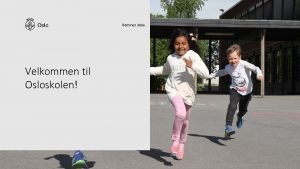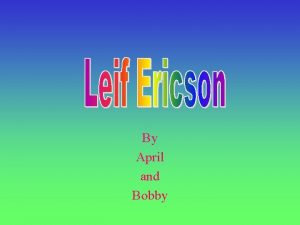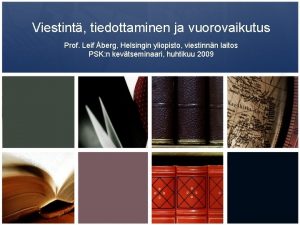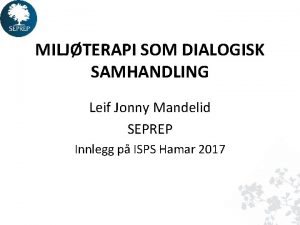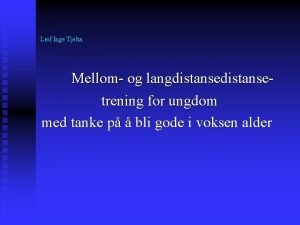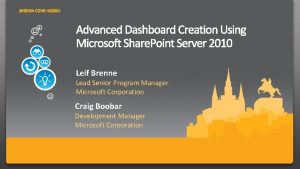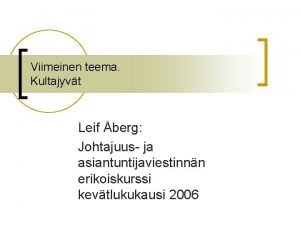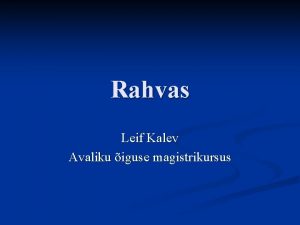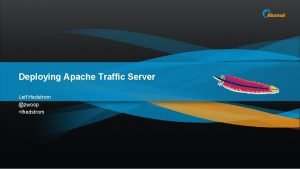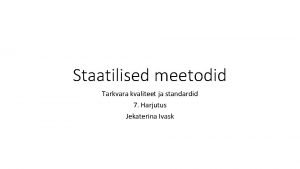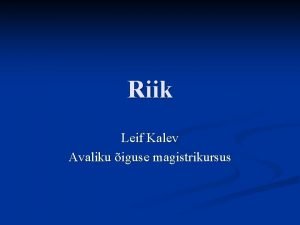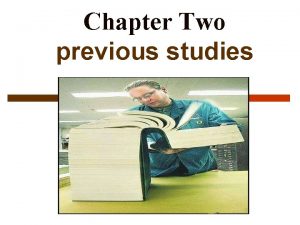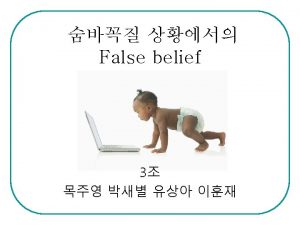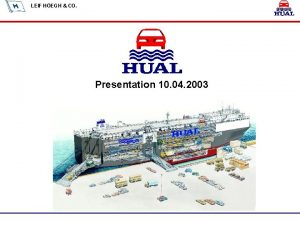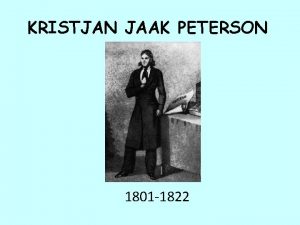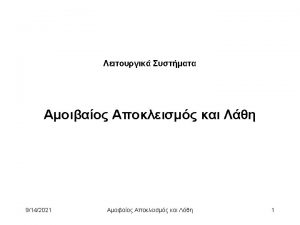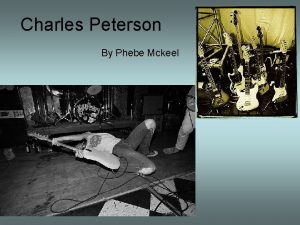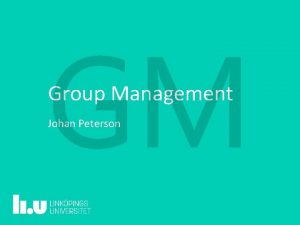Selected Previous Studies Leif E Peterson Outline Air













- Slides: 13

Selected Previous Studies Leif E Peterson

Outline • • • Air Force S&E Future Study – 2002 National Defense University – 2008 NRC STEM Study for Air Force – 2010 Bright Horizons – STEM Roadmap 2011 NDAA Report for FY 2012

Future Study Overview • Established first ever future S&E workforce projections for 2010, 2015 and 2025 – Defined tools to establish projections – Derived workforce trends – Identified current and emerging technical degree profiles • Concluded that we must man to authorized level with the right skills – Allows us to manage workforce to acceptable risk based on threat Fill Authorizations With Right Skills 3

Most Relevant Future Degrees n Future technology area emphasis will drive a shift toward the following academic degrees: Directed Energy: üElectrical Engineering üPhysics üSystems Engineering Space Vehicles: üAerospace (Astronautical Engineering) üOperations Research üPhysics üSystems Engineering 4 Information: üComputer Science üElectrical Engineering üMathematics Human Factors: üBehavioral Science üPsychology

Way Ahead • Fill S&E military and civilian workforce to authorizations – Develop time-phased plan and metrics – S&E Roadmap – Considers loss projections, and workforce-mix (i. e. military, civilian, support contractor) – Requires Critical Skills Accession Bonus • Provide profiles for recruitment and retention – Accession Targets – Recruiting Sources • Develop policy on accessions and retention Manage S&E Workforce to Acceptable Risk 5

National Defense University July 2008 • “Building the S&E Workforce for 2040, Challenges Facing the Department of Defense” Timothy Coffee, Edison Chair for Technology & Senior Research Scientist at University of Maryland • Conclusions: – Shadow workforce and its implications – Competition of Federal outlays (Medicare, debt, etc. ) – Ability of S&T workforce to renew itself/maintain advocacy for new S&T initiatives

Air Force NRC Study • National Research Council published report on Examination of the USAF’s STEM Workforce Needs in the Future and Its Strategy to Meet Those Needs, August 2010, included 25 recommendations • Assess the STEM capabilities the U. S. Air Force • Determine whether those capabilities will meet AF needs • Identify and evaluate strategy options • Address STEM capability in terms of functional mgt areas • Identify and evaluate options re organization and management of Air Force STEM workforce • Recommend strategies to meet STEM needs in the future 7

Bright Horizons • • • Air Force STEM Workforce Strategic Roadmap AF STEM NRC Report, Aug 2010 STEM Advisory Council – governance process Six Goal Areas – 31 initiatives, covers military & civilians Linked to AF Strategic Plan, S&T Strategy, & Technology Horizons • Signed by SECAF and CSAF Mar 2011 8

NATIONAL DEFENSE AUTHORIZATION ACT FOR FISCAL YEAR 2012 Examination of Department of Defense science, technology, engineering, and mathematics workforce needs. The committee recognizes the challenges the Department of Defense is facing in meeting the needs for its future science, technology, engineering, and mathematics (STEM) workforce and applauds the number of efforts across the services and the Department of Defense to better understand these challenges and develop strategies to address them. Of note, is a STEM Workforce Strategic Roadmap developed by the Air Force, called ‘‘Bright Horizons’’, that in part was motivated by a recent study conducted by the National Academies for the Air Force entitled, ‘‘Examination of the U. S. Air Force’s Science, Technology, Engineering, and Mathematics (STEM) Workforce Needs in the Future and Its Strategy to Meet Those Needs’’. The committee encourages the Air Force to pursue and adequately resource the implementation of this Roadmap. Furthermore, the committee strongly urges the Departments of the Army and Navy to conduct similar studies by an independent third party organization and develop similar strategic roadmaps.

In the beginning…… • Importance of defining terms • Necessity of knowing requirements It is as fundamental to STEM as reading is to education

Back Up Slides

STEM DEFINITIONS STEM Workforce – Air Force professionals having degrees in science, technology, engineering, or mathematics. STEM Degreed - The total assigned military/civilian personnel with a qualifying STEM degree at the undergraduate/graduate level to include those who are not presently serving in a technical degree required position, such as a program manager or a pilot. STEM Assigned – The Air Force professionals having degrees in Science, Technology, Engineering or Mathematics and are presently serving in a technical degree required position. 12

Need Common Terminology Across DOD • STEM Workforce • Outreach • Education • Training • Professional development • Investment


